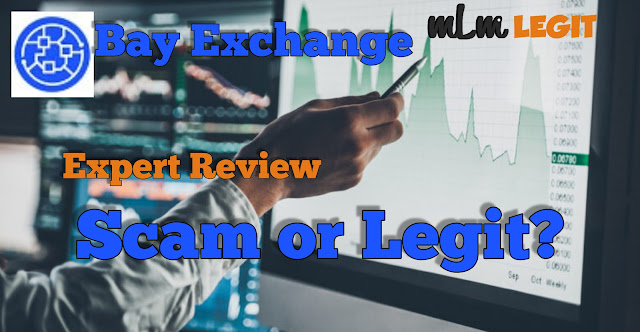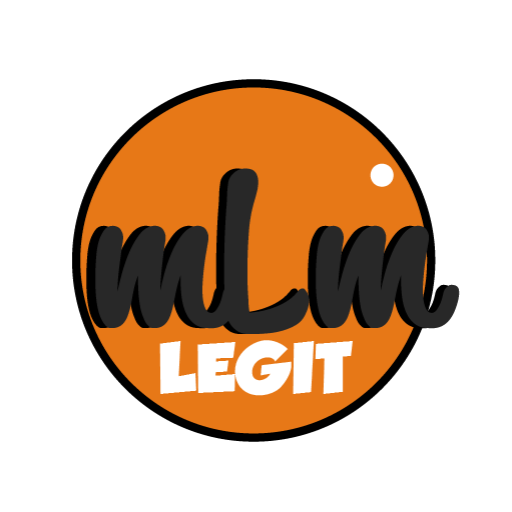Fixed-Rate Mortgages
A fixed rate mortgage (HELOC) charges a set rate of interest that remains unchanged throughout the life of the loan. Although the amount of principal and interest paid each month varies from payment to payment, the total payment remains the same, which makes budgeting easy for homeowners.
The main advantage of a fixed rate mortgage is that the borrower is protected from sudden and potentially significant increases in monthly mortgage payments if interest rates rise. Fixed-rate mortgages are easy to understand and vary little from lender to lender. The downside to fixed-rate mortgages is that when interest rates are high, qualifying for a loan is more difficult because the payments are less affordable.
Although the rate of interest is fixed, the total amount of interest you’ll pay depends on the mortgage term. Traditional lending institutions offer fixed-rate mortgages for a variety of terms, the most common of which are 30, 20, and 15 years.
The 30-year mortgage is the most popular choice because it offers the lowest monthly payment. However, the trade-off for that low payment is a significantly higher overall cost, because the extra decade, or more, in the term is devoted primarily to paying interest.
The monthly payments for shorter-term mortgages are higher so that the principal is repaid in a shorter time frame. Also, shorter-term mortgages offer a lower interest rate, which allows for a larger amount of principal repaid with each mortgage payment. Thus, shorter term mortgages cost significantly less overall.
READ ME: Grayscale and HanETF launch European crypto ETFsIn a fixed-rate loan (also called a term loan), the interest rate stays the same for the loan’s entire term. For example, you could have a loan with a 15-year amortization and a five-year term. During that five-year term, the interest rate would be “locked in.”
Fixed-rate loans are typically used to pay for fixed assets (those that will be used for 60 months or more). The payments on a fixed-rate loan are blended, meaning they combine interest and principal in an equal monthly amount thatdoes not change over the term of the loan. The principal amount of the loan and the rate are set by a contract. These contracts are called fixed-rate loan agreements. These bind both the lender and the borrower to the deal. Under a fixed-rate loan agreement, as long as the borrower makes payments as scheduled, the lender cannot demand repayment. Also, the borrower cannot pay off the loan ahead of schedule without the lender’s permission.
If the lender agrees to early payment of the loan, the borrower usually must pay penalty fees, which can be substantial. The penalty fees compensate the lender for revenue lost on the matched funds.
Fixed-rate loans make budgeting predictable, which can be beneficial to a business.
A Home Equity Line of Credit, or HELOC, lets you take out a line of credit using your home equity. You can use the line of credit for any major purchase and draw the money whenever you need it, allowing you to initially only pay interest on the money you’ve drawn, rather than the full loan amount.
Home Equity Line Of Credit (HELOC)
Home equity lines of credit are a bit different. They are a revolving source of funds, much like a credit card, that you can access as you choose. Most banks offer a number of different ways to access those funds, whether it’s through an online transfer, writing a check, or using a credit card connected to your account. Unlike home equity loans, they tend to have few (if any) closing costs, and they usually feature variable interest rates-though some lenders offer fixed rates for a certain number of years.
There are pros and cons to the flexibility that credit lines offer. You can borrow against your credit line at any time, but untapped funds do not charge interest. In that way, it’s a nice emergency source of funds (as long as your bank doesn’t require any minimum withdrawals).
Especially now if you’ve lost your job because of the coronavirus, need cash, and have equity in your home-taking out a HELOC may be a good option. Many banks are still offering them, though Wells Fargo and JPMorgan Chase were two frontrunners that announced application freezes for new HELOCS in the spring of 2020.
Most home equity credit lines have two phases. First, a draw period, often 10 years, during which you can access your available credit as you choose. Typically, HELOC contracts only require small, interest-only payments during the draw period, though you may have the option to pay extra and have it go toward the principal.
After the draw period ends, you can sometimes ask for an extension. Otherwise, the loan enters the repayment phase. From here on out, you can no longer access additional funds, and you make regular principal-plus-interest payments until the balance disappears. Most lenders have a 20-year repayment period after a 10-year draw period. During the repayment period, you must repay all the money you’ve borrowed, plus interest at a contracted rate. Some lenders may offer borrowers different types of repayment options for the repayment period.
HELOCS have many attributes that make them different from a standard credit line and also offer advantages. However, the interest-only payments in the draw period mean payments in the repayment period can almost double. For example, payments on an $80,000 HELOC with a 7% annual percentage rate (APR) would cost around $470 a month during the first 10 years when only interest payments are required. That jumps to around $720 a month when the repayment period kicks in.
The jump in payments at the onset of the new repayment period can result in payment shock for many unprepared HELOC borrowers. If the sums are large enough, it can even cause those with financial hardships to default. And if you default on the payments, you could lose your home.
Unlike a conventional loan, a home equity line of credit is something you establish ahead of time and use when and if you need it. In that way, it’s a little like a credit card, except with a HELOC, your home is used as collateral.
- A HELOC has a credit limit and a specified borrowing period, which is typically 10 years. During that time, you can tap into your line of credit to withdraw money (up to your credit limit) when you need it. You use the funds only when you need to, and you can continue to use the funds as you repay them.
- You only pay interest on the money you use.
- Most HELOCS charge variable interest rates. Those rates are tied to a benchmark interest rate and can adjust up or down.
- During the borrowing period, you’ll need to make at least minimum monthly payments on the amount you owe. Some HELOCS allow interest-only payments during the borrowing period. Other HELOCS require minimum payments of principal and interest.
- Once the borrowing period ends, you’ll repay the remaining balance on your HELOC, with interest, just like a regular loan. The repayment period is usually 10 or 20 years,
CONCLUSION
If you’ve read though this article then hopefully you have gotten all the information you need on the difference between fixed rate loans and home equity lines of credit.











 Bitcoin
Bitcoin  Ethereum
Ethereum  XRP
XRP  Tether
Tether  Solana
Solana  Dogecoin
Dogecoin  USDC
USDC  Cardano
Cardano  Lido Staked Ether
Lido Staked Ether  TRON
TRON  Chainlink
Chainlink  Avalanche
Avalanche  Sui
Sui  Wrapped stETH
Wrapped stETH  Wrapped Bitcoin
Wrapped Bitcoin  Stellar
Stellar  Toncoin
Toncoin  Hedera
Hedera  Shiba Inu
Shiba Inu  Polkadot
Polkadot  WETH
WETH  LEO Token
LEO Token  Bitcoin Cash
Bitcoin Cash  Litecoin
Litecoin  Official Trump
Official Trump  Hyperliquid
Hyperliquid  Bitget Token
Bitget Token  Uniswap
Uniswap  Pepe
Pepe  Wrapped eETH
Wrapped eETH  USDS
USDS  NEAR Protocol
NEAR Protocol  Ethena USDe
Ethena USDe  Aave
Aave  Aptos
Aptos  Internet Computer
Internet Computer  Ondo
Ondo  WhiteBIT Coin
WhiteBIT Coin  Monero
Monero  Ethereum Classic
Ethereum Classic  Cronos
Cronos  POL (ex-MATIC)
POL (ex-MATIC)  Mantle
Mantle  Render
Render  Dai
Dai  Bittensor
Bittensor  Algorand
Algorand 
Leave a Reply